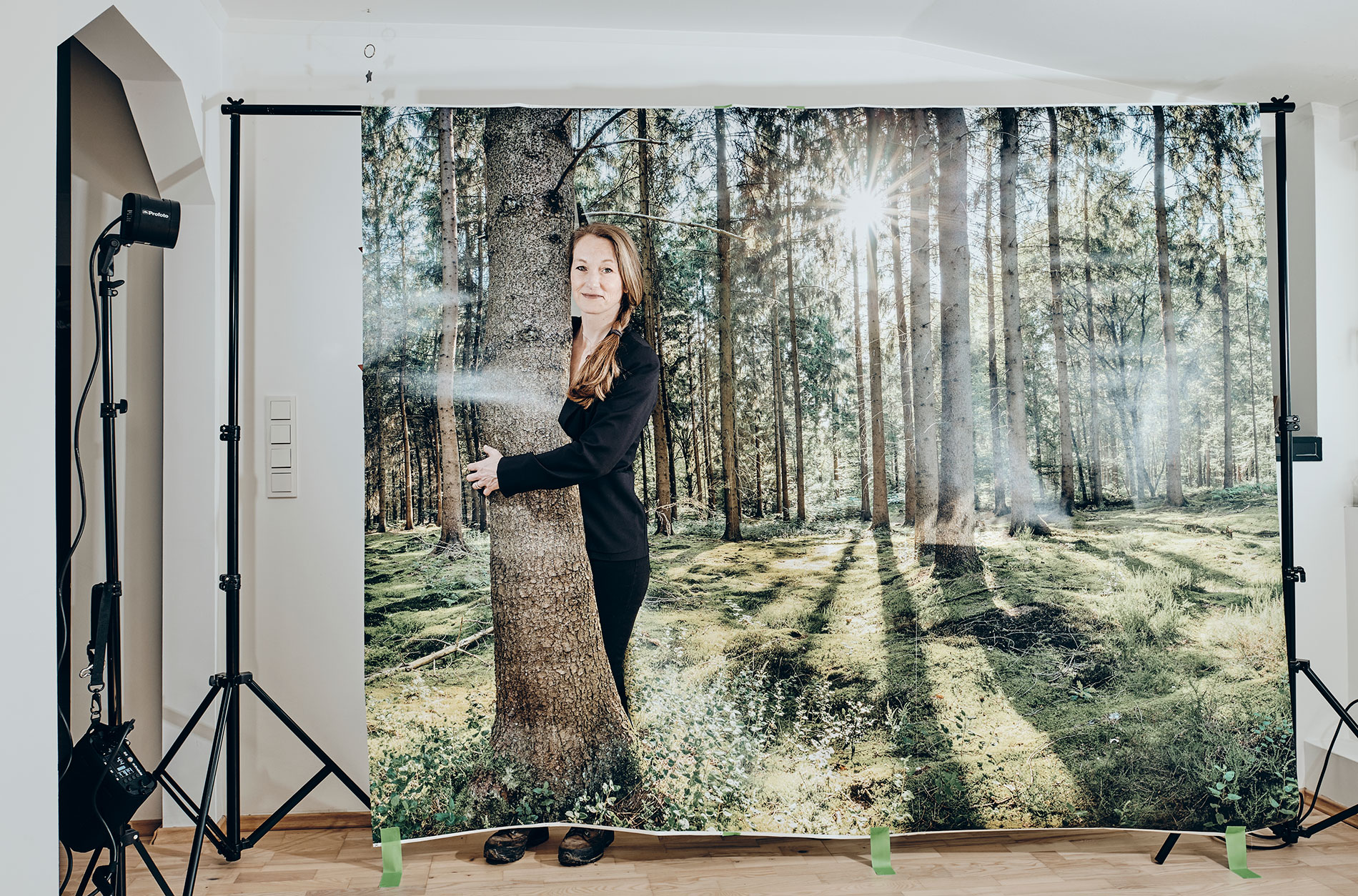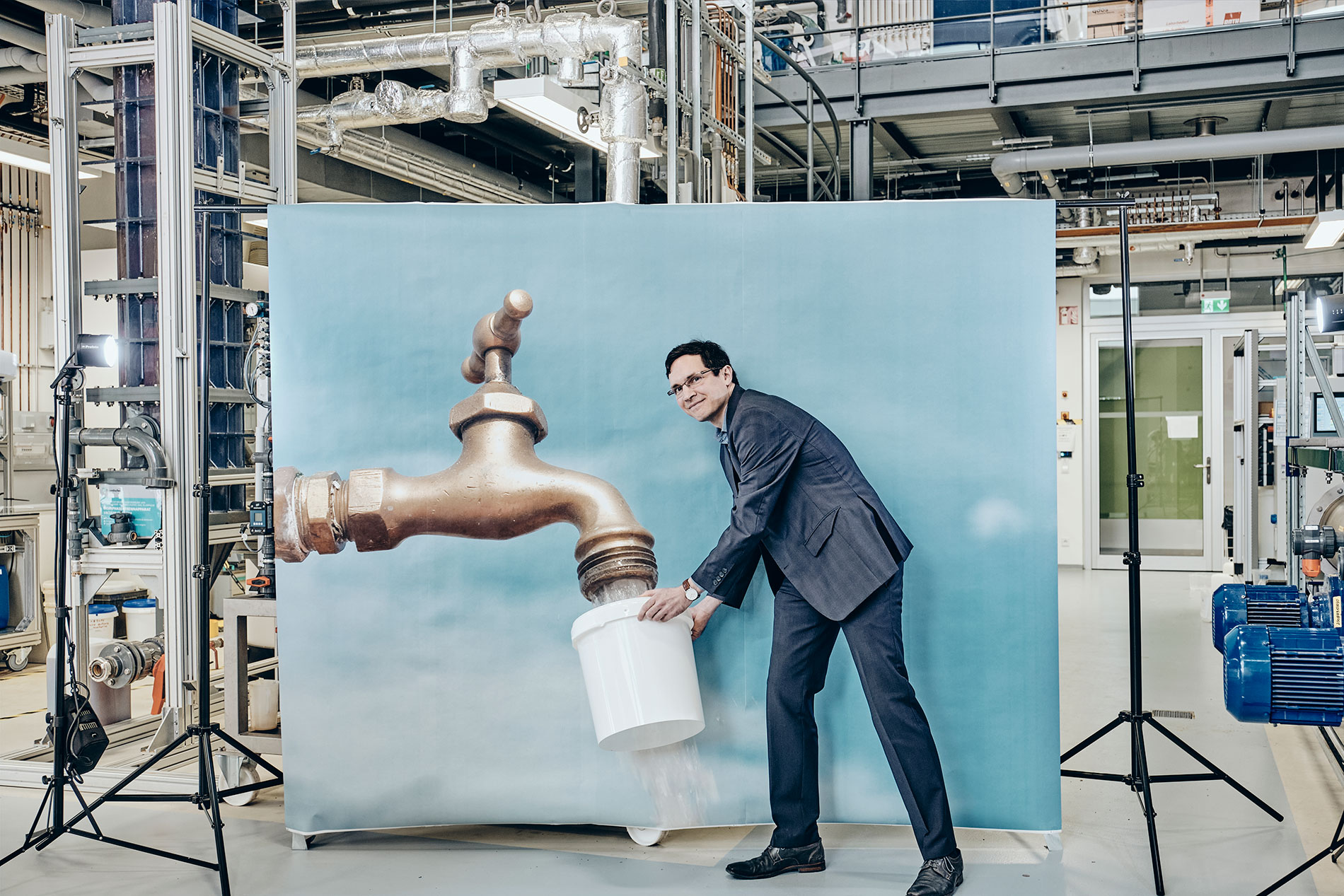Capable against heavy rains and droughts

Resilience researchers at the Fraunhofer Institute for Systems and Innovation Research ISI show how this is possible. “When we focus on droughts and heavy rainfall, the key question is: how do we design the urban hydrological cycles?”, says Dr. Susanne Bieker, Head of the “Transformation and innovation systems in urban spaces” cross-cutting topic at Fraunhofer ISI. Until now, urban districts have been highly compressed, rainwater on roofs, streets and squares cannot seep away. Instead, the majority of it flows into the sewerage system. Being designed first and foremost for waste water, though, this system is quickly overloaded by heavy rain. Consequently, roads and basements become flooded. In dry spells too, introducing rainwater into the sewerage system proves inefficient. In nature, the water balance is equalized — in forests, 50 percent of rainwater seeps away, and only five percent of water percent of water drains off. In industrial regions, the seepage quota is just 20 percent, while 60 percent of the water flows into the sewerage system. If rainwater is held wherever it falls, it can evaporate there and create cooling effects. This is made possible by green spaces, green roofs or facades — we also refer to these as green infrastructures. According to studies, an extensive green roof covering — mosses, grasses and similar plants — is able to retain 30 to 70 percent of the annual precipitation, green roof coverings densely populated with trees, bushes and shrubs as much as 100 percent. Blue infrastructures are a good idea too: Ponds, lakes and canals. Also reservoir areas, large meadows for example, where 20 to 30 centimeters of water can collect after a heavy downpour. And cisterns: large underground water reservoirs that store rainwater during dry spells — and then repeatedly serve as a source of drinking water in dry regions.
